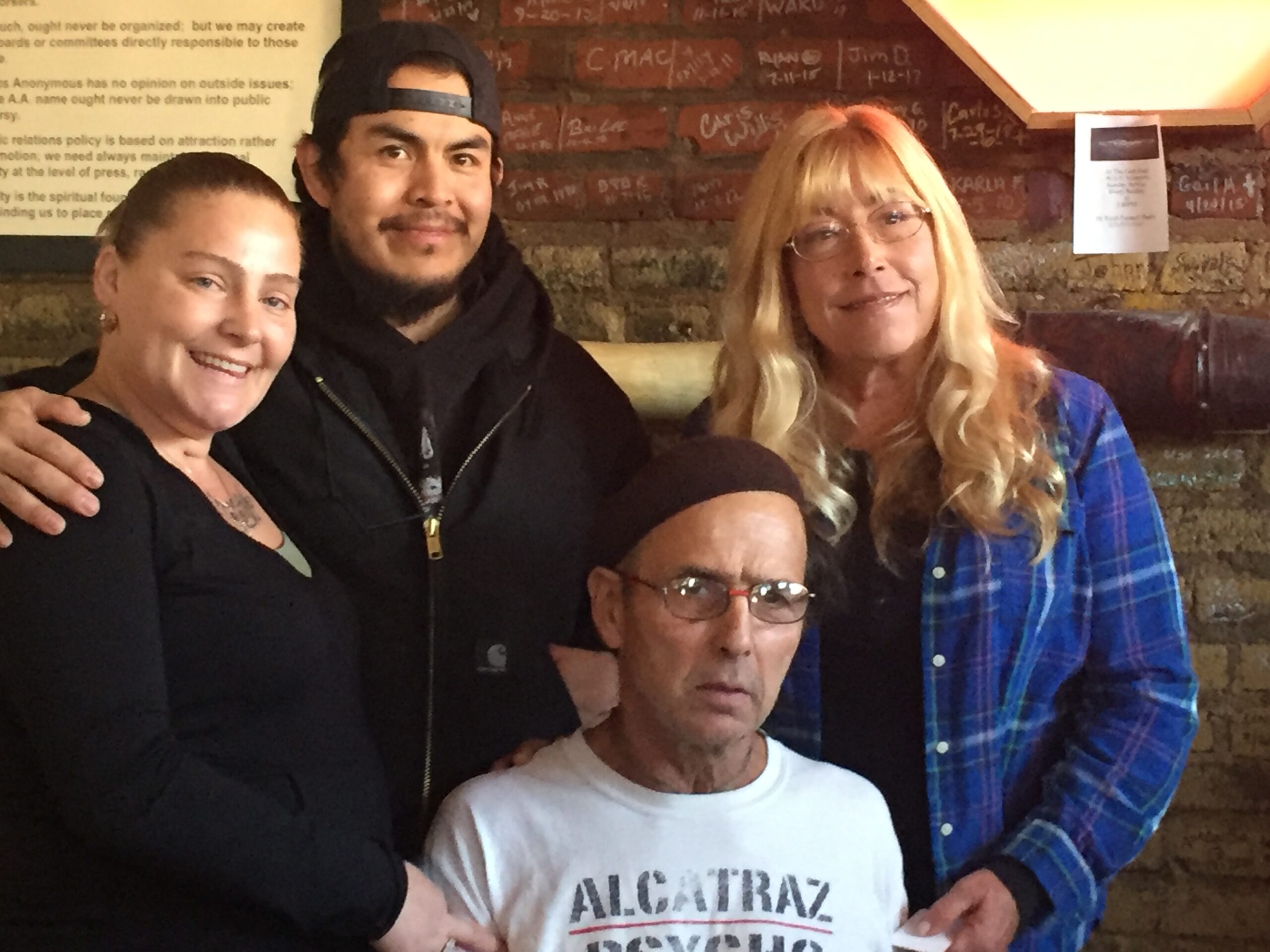The opioid epidemic has extracted an immense toll on Pennsylvania’s communities. Now, with over $2 billion in settlement funds set to flow into the state over the next two decades from companies involved in the manufacturing, distribution, and sale of prescription opioids, we stand at a critical crossroads. This windfall presents an unprecedented opportunity to combat the […]



